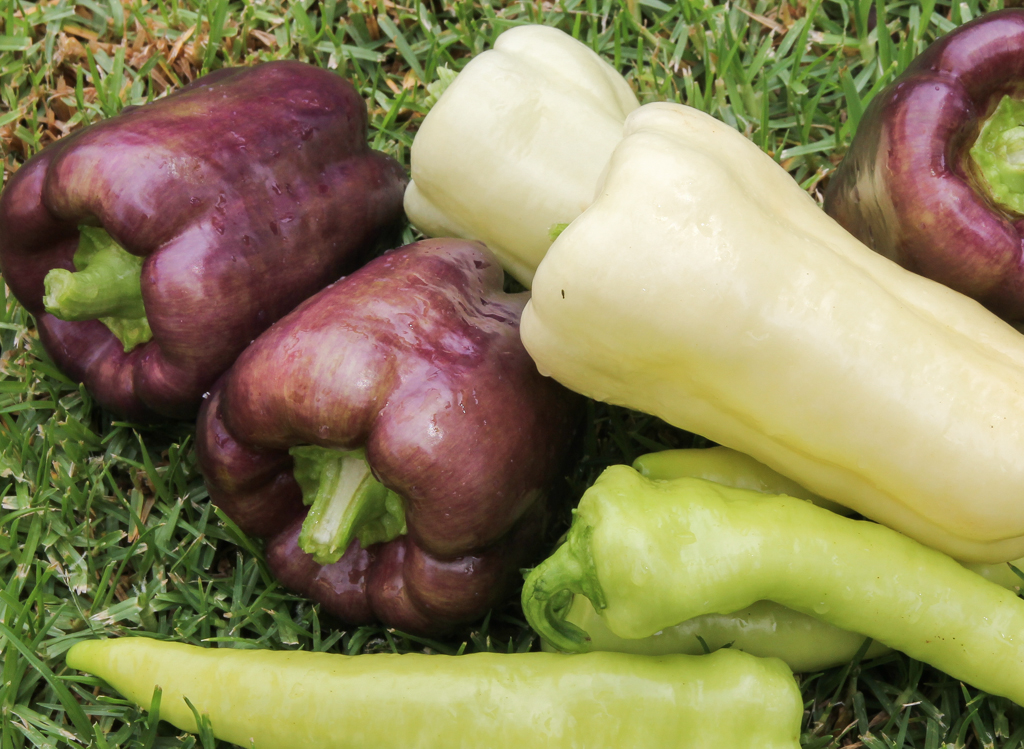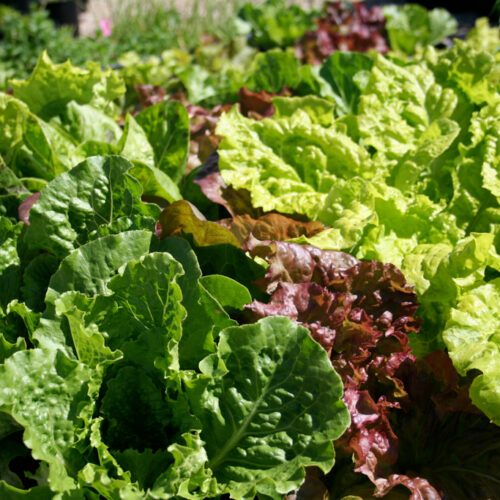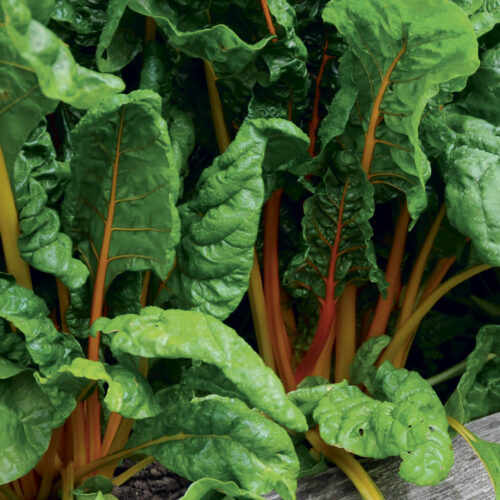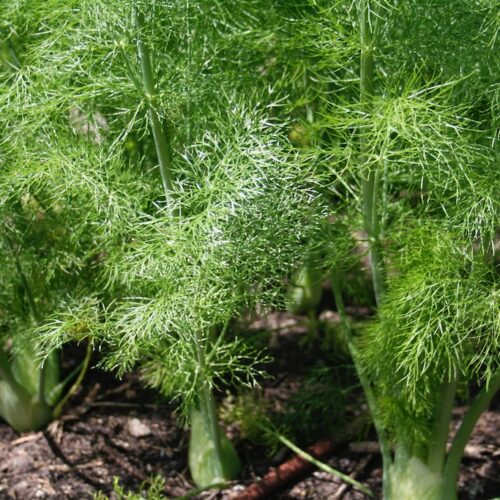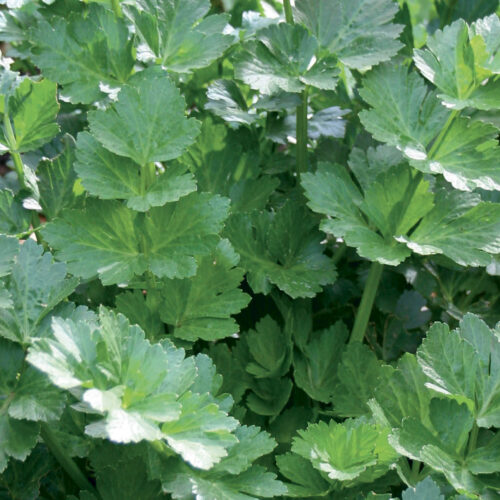If the caps fit
2014-10-23T01:44:21+11:00
Capsicums are heat loving summer vegies that look and taste great with the right care, says JUSTIN RUSSELL.
Capsicums, or sweet peppers as they’re sometimes called, are among my favourite food plants of summer. In addition to loving their flavour, I also love the look of them in the garden. A healthy capsicum bush is an attractive plant. The leaves are large and deep green, the flowers small, but pretty, and when you eventually manage to get the contrast of deeply coloured fruit set against the foliage you’d be hard pressed to find a summer vegie that’s quite as stunning. I always find space for a row or two of caps.
For some reason though, people seem to find the plants hard to grow. I think I know why. For starters, I’ve always found capsicum seed among the trickiest to germinate. My theory for why this happens is cold, wet potting mix, which causes capsicsum seed to rot. The mix needs to be at least 23 degrees for strong germination. If you’re not sure, poke a thermometer into the potting mix. if it’s too cold, warm it up with a thermostaically controlled heat pad (available online or from garden centres) or even try something as simple as placing some mix in a black pot and putting it into the sun for for couple of days to warm.
In fact, a lack of heat is often the overarching reason why capsicums fail to thrive. Rule number one with capsicums: they like it hot. They’re not fazed by air temperatures above 30 degrees, as long as they have consistent moisture in the soil, and they actually need a long hot summer (or the warmth of a polytunnel) to ripen fruit to maturity. This is especially true of the large fruited varieties we’re most accustomed to, many of which were bred in stinking hot climates like southern Italy, southern California and Florida. You can get away with less warmth for the smaller fruiters, but the big fruit – don’t even think about it.
With this golden rule in mind I always start my capsicums after the risk of frost has passed. For us, that’s mid-late October, so I’m planting this weekend. I didn’t start my seedlings from seed, as I’d intended. Life got the better of me this spring, so I went into town the other day and bought established seedlings from one of those behemoth hardware stores (for the reason that they sell heirloom varieties). I know, not ideal, but we’re all human.
As for soil, caps like it well drained, slightly acid to neutral, and more fertile than you might imagine. I generally enrich my soil with something like pelletised chook poo, or better still, blood and bone boosted with potash. Capsicums need potassium to set lots of flowers, and build strong foliage that resists summer fungal diseases. If you think the plants are lacking, sprinkle some potash around the base of the plant, apply a mulch of comfrey leaves, or apply liquid seaweed every couple of weeks. The latter has lots of other health benefits as a bonus. Calcium is also important, but in most cases the plants will get plenty if you keep the soil moisture consistent. if you’re pH is really acidic, sweeten the soil with garden lime to bring it closer to neutral.
Finally, if you live in a fruit fly district (which is essentially most of northern and eastern Australia, and parts of WA), make sure you protect your fruit from being stung. I’ve tried various techniques to do this, from baits to bags to nets. The best method I’ve found is to use fine weave nets. For the plastic adverse, recycle some old net curtains from the op shop, throw them over the entire plant so they cover to ground level, and simply lift the sides when your beautiful organic capsicums are ready to harvest. Nothing is quite as simple and effective.

